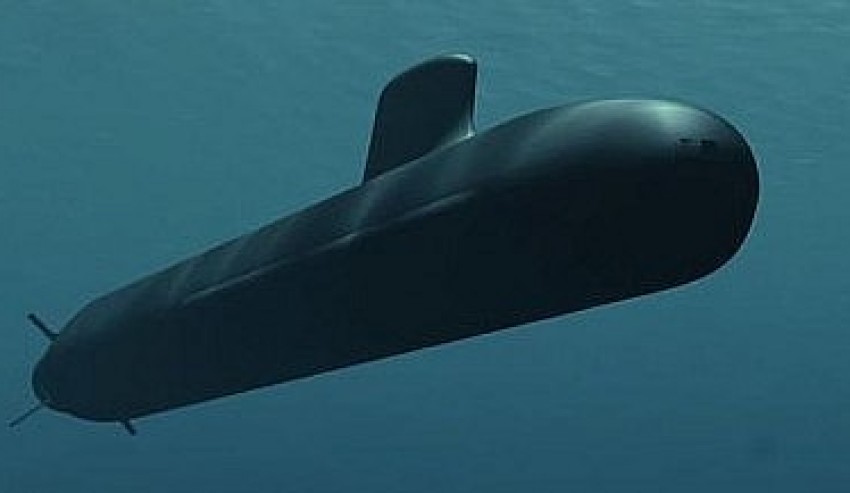Developing Australia’s defence capabilities has been a key focus of the Turnbull government, particularly the nation’s naval capabilities given the $89 billion investment in shipbuilding projects. Defence Connect spoke with the two primes entrusted with delivering the Future Submarine Program (FSP), Australia’s most expensive defence procurement, about what the project has so far revealed about the nation’s capabilities.
To continue reading the rest of this article, please log in.
Create free account to get unlimited news articles and more!
DCNS, the platform system integrator (PSI), and Lockheed Martin Australia, the combat system integrator (CSI), have been charged with ensuring that best-of-breed products from all available suppliers, especially those in Australia, are identified and assessed for inclusion in program.
Various industry days have been held across the country, with two more scheduled in Perth this week, to discuss future development plans and potential engagement opportunities of the program with prospective Australian firms.
And while there is still a long way to go this early on in the program, both major platform integrators have come to the same conclusions on Australia's industry capabilities.
"The first thing I really do try to say to everybody that I talk to is that Australian industry is actually highly capable. I wouldn't want anybody – and I've been involved in Australian industry for quite a long time now – I wouldn't want anybody to think for a minute that Australian industry isn't capable of doing what we want," DCNS chief executive Brent Clark said.
"The message I'd give to everybody is that there's no logical reason why Australian industry can't be involved in all aspects of the submarine."
Lockheed Martin's program director of the FSP Mike Oliver also spoke with the same positivity of Australia's capabilities, noting that the capabilities do exist, the main focus now is on how to develop them.
"I wouldn't call it a capability gap," Oliver began.
"We have to build up the capacity. When we look at industry, the questions we certainly ask are the capability capacity and they go hand-in-hand. I think one of the things going forward is some of maybe the more unique areas, making sure that we have certainly the capability, but then how we build that capacity to support what we're looking to do going into the future."
Lockheed Martin's role as CSI will centre on finding Australian suppliers in the areas of engineering design, integration activities, equipment provision, sustainment and development of niche submarine capabilities.
The first of the 12 submarines is likely to begin entering service in the early 2030s. Construction of the 12 new submarines will extend into the late 2040s to 2050 timeframe.

 Login
Login







